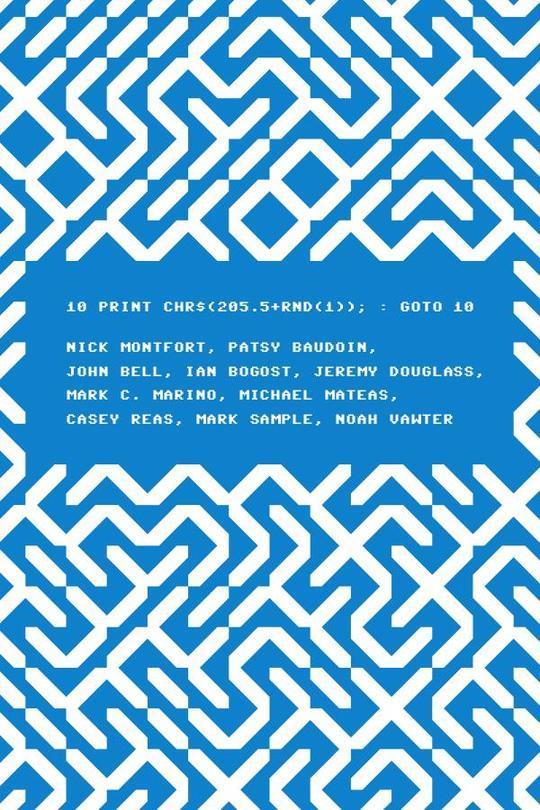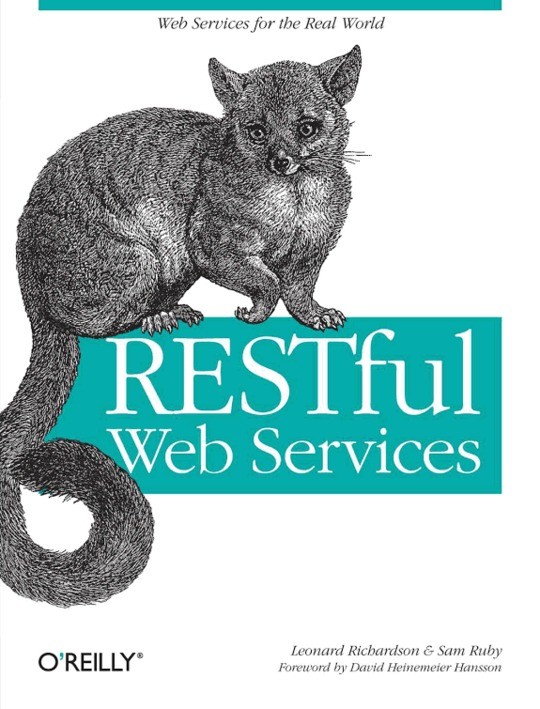
A Field Guide to Genetic Programming
Free
Description
Contents
Reviews
Language
English
ISBN
9781447533115
Title Page
A Field Guide to Genetic Programming
Copyright Page
Preface
Acknowledgements
What’s in this book
About the authors
Dedication
Chapter 1 - Introduction
1.1 Genetic Programming in a Nutshell
1.2 Getting Started
1.3 Prerequisites
1.4 Overview of this Field Guide
Part I - Basics
Chapter 2 - Representation, Initialisation and Operators in Tree-based GP
Chapter 3 - Getting Ready to Run Genetic Programming
Chapter 4 - Example Genetic Programming Run
Part II - Advanced Genetic Programming
Chapter 5 - Alternative Initialisations and Operators in Tree-based GP
Chapter 6 - Modular, Grammatical and Developmental Tree-based GP
Chapter 7 - Linear and Graph Genetic Programming
Chapter 8 - Probabilistic Genetic Programming
Chapter 9 - Multi-objective Genetic Programming
Chapter 10 - Fast and Distributed Genetic Programming
Chapter 11 - GP Theory and its Applications
Part III - Practical Genetic Programming
Chapter 12 - Applications
Chapter 13 - Troubleshooting GP
Chapter 14 - Conclusions
Part IV - Tricks of the Trade
Appendix A - Resources
Appendix B - TinyGP
Bibliography
Index
Colophon
The book hasn't received reviews yet.











